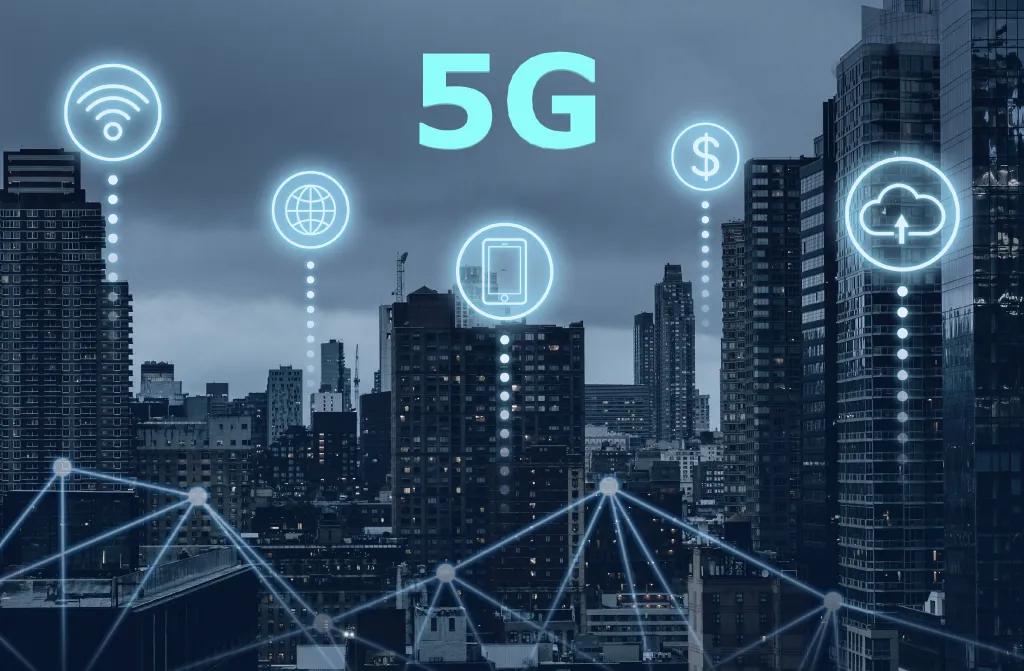Balancing 5G Technology for Sustainability
5G is the fifth generation in wireless technology, making big waves of progress worldwide. Telecommunications providers and device manufacturers are making rapid progress toward integrating 5G wireless networks. It is expected to bring enormous benefits by making it capable of providing much more efficient networks, enabling new services and new ecosystems. It can provide higher speed, lower latency, and greater capacity than 4G LTE networks.
According to the Ericsson Mobility Report published in June 2022, there was a 10% growth in mobile network data traffic quarterly between Q4 2021 to Q1 2022. Total monthly global mobile network data traffic reached around 93EB. It has doubled in just two years since Q1 2020. This traffic growth is driven by the rising number of smartphone subscriptions and an increasing average data volume per subscription.
Due to the high usage of data networks, energy usage will inadvertently be affected. With increased base stations and antennas needed to power the web, new energy-efficient schemes must be established to counter this higher power usage. One way is to maximize energy efficiency through maximizing sleep-wake scheduling. Sleep-wake scheduling works by having only the necessary base station nodes that must be actively turned on while the rest are in sleep states. This helps to minimize energy usage where the nodes that are not needed are put in sleep states.
Due to user mobility and varying traffic demand, the number of small cells that are required to satisfy the quality of service (QoS) requirements, which are dynamic, of heterogeneous users (or user equipment, UE), such as tablets, mobile phones, gaming consoles, e-readers, and machine type devices, that generate a diverse range of traffic patterns. Naturally, there is an unequal traffic load distribution among base stations, causing some base stations to incur higher energy consumption. So, there is an urgent need to design a mechanism to distribute traffic loads among base stations while considering energy consumption during the wake period.
Many researchers have proposed a sleep-wake mechanism of base stations to save energy consumption in cellular networks. Sleep mode is a low-power intermediate state whereby the base stations switch off partially or entirely for energy efficiency possible when they are not fully utilized. A quick transition from sleep mode to full operation mode will be possible when necessary. So, there is an urgent need to design a mechanism to select which base stations to sleep (i.e., when they are not in need) and to wake up (i.e., when they are required to send, receive, or handle packets).
To carry out the sleep-wake mechanism among the base stations, a few challenges must be addressed. A massive amount of heterogeneous traffic is generated by many heterogeneous user equipment in an ultra-densified network. A large deployment of small cells can cause the overprovisioning and underutilization of resources and will cause energy consumption to increase. Coverage constraints refer to the capability of the base station to sense the existence of user equipment and to transmit data with the base stations, the distance, and the workload of the base stations in mind.
Charis Kwan Shwu Chen
School of Engineering and Technology
Email: @email




